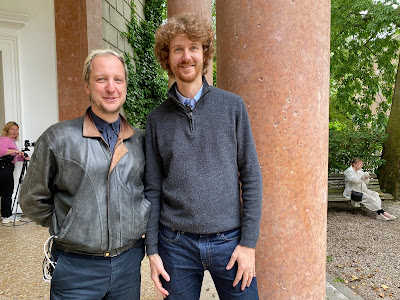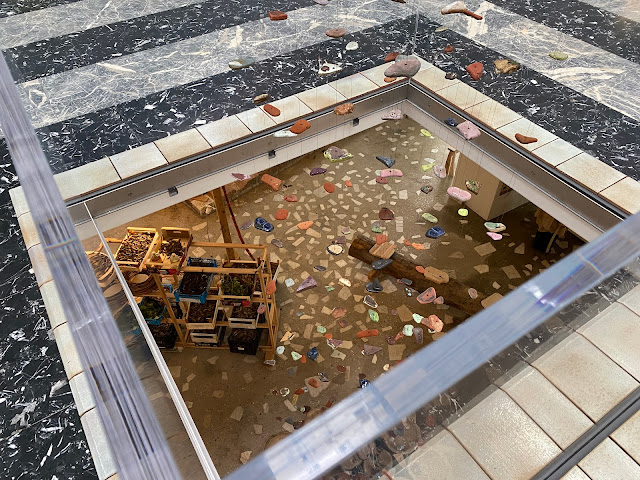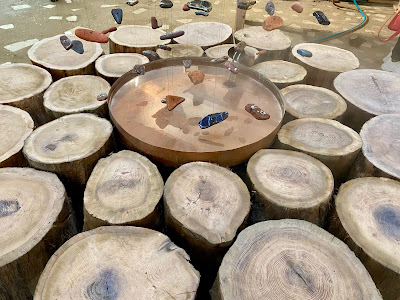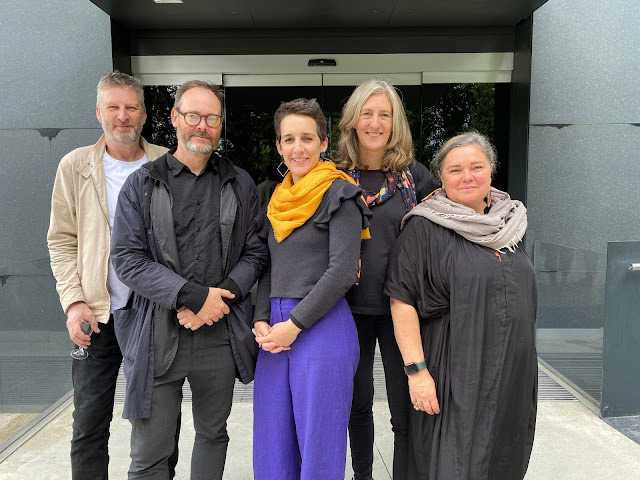U.S.A. Pavilion
Everlasting Plastics
Curators: Tizziana Baldenebro, Lauren Leving
Exhibitors: Xavi Laida Aguirre, Simon Anton, Ang Li, Norman Teague, and Lauren Yeager
Exhibitors: Xavi Laida Aguirre, Simon Anton, Ang Li, Norman Teague, and Lauren Yeager
Petrochemical polymers known as plastics were developed in the United States as a revolutionary material. Today the global urgency to reframe our approach to the overabundance of plastic detritus in our waterways, landfills, and streets is clear. Exploring our fraught, yet enmeshed, kinship with plastics, Everlasting Plastics considers the ways these materials both shape and erode contemporary ecologies, economies, and the built environment. This exhibition highlights our unseen dependency; demonstrates how plasticity has created expectations for the behaviours of other materials; and points to plastic’s unknown, long-term, and indelible impact on our futures.
Lauren Yeager - Salvage Installation
Lauren Yeager - Salvage - Longevity
Simon Anton - Matter - This Will Kill _ That
Ang Li - Mass - Externalities
Open for Maintance - Wegen Umbau geoffnet
Curators: ARCH+ / SUMMACUMFEMMER / BURO JULIANE GREB - Anne Femmer, Franziska Godicke, Juliane Greb, Christian Hiller, Petter Krag, Melissa Makele, Anh-Linh Ngo, Florian Summa
The German pavilion's installation is dedicated to matters of care, repair, and maintenance. Made entirely using leftover material from the Biennale Arte 2022, which left behind hundreds of tons of trash, the pavilion will become a productive infrastructure, promoting principles of reuse and circular construction in tandem with architecture’s social responsibility. By squatting the German pavilion through a series of maintenance works, the contribution renders visible processes of spatial and social care work typically hidden from the public eye. The project demonstrates that ecological sustainability is inextricably linked to the social question.
Germany Pavilion
Open for Maintance - Wegen Umbau geoffnet
Germany Pavilion
Open for Maintance - Wegen Umbau geoffnet
Datament
Curator: Jacek Sosnowski
Exhibitors: Anna Barlik, Marcin Strzała
Exhibitors: Anna Barlik, Marcin Strzała
The development of civilisation and technology has made our everyday life irreversibly dependent on the production, collection, and processing of data. Information produced in unimaginable quantities, processed by ever more technologically advanced computations, creates an illusion of truth about the world – the establishment of data that is a starting point for making decisions with very real consequences. The Datament exhibition brings us closer to data in its raw form, allowing us to experience it as it is, beyond its field of interpretation. Starting with the basic need to have a roof over one’s head, Datament shows the importance of data and the problems it can cause in terms of architecture and urban planning.























































